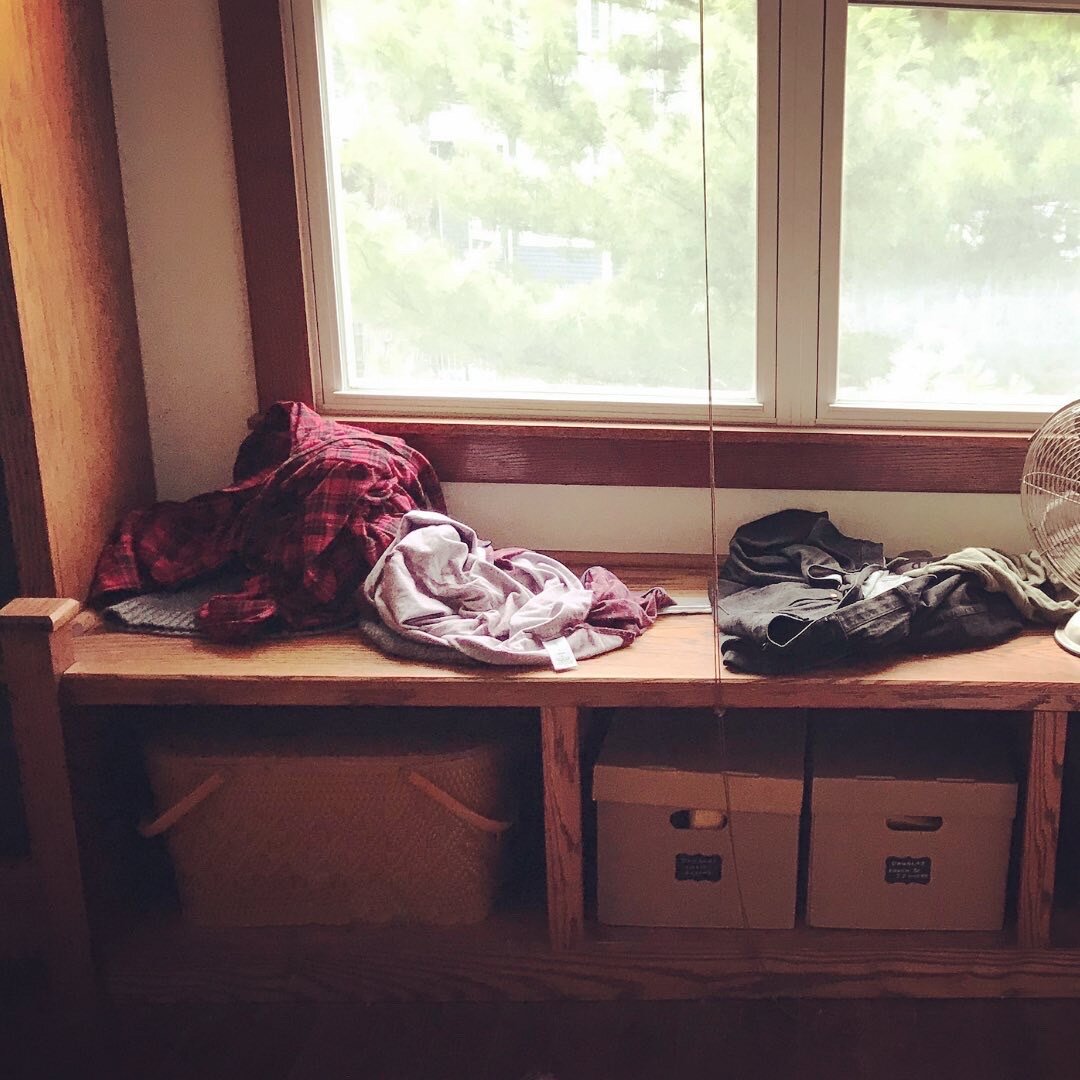"But how do you throw away memories?" somebody asked me once. We'd been talking about sorting and tidying photos.
Don’t start your tidying journey with photos
First of all, don’t start your tidying journey with photos! Photos often have great emotional significance. Tackle them before you're prepared, and you will almost certainly get stuck. Instead, build your decision-making skills and your sensitivity to joy by completing the other KonMari categories first. That way, when you do begin tidying your photos, you'll be ready.
Before making decisions, sort your photos (chronologically or by event). Tidying family photos? Consider working on it together. Remember you're choosing what to keep, not what to discard. Think Quality over Quantity. Which are the joyful photos that belong in your Hall of Fame?
Think Quality over Quantity
Discard blurry or unflattering photos. Let go of photos that bring negative feelings. Remember you are not required to keep them because “it happened and you can’t erase history”, because “so-and-so would want me to keep them”, or to “maintain complete documentation”. Duplicates can also be discarded (or given to someone else who might treasure them).
Reconsider whether you need a photo to remind you of every single thing that’s ever happened to you in life. Yes, that ice cream cone was yummy. Does the image of it really need to be stored for posterity? Sometimes the best part of a photo is the moment of joy when taking it. For vacation photos, consider keeping a small number of representative images per day.
Don’t tidy your photos if you are feeling tired or not in a good frame of mind. Put them aside and come back later when you’ve had enough sleep and are in a good mental space.
Photos aren't really memories—the memories live within us
Lastly, try to reframe (no pun intended!) the idea that you are throwing away memories. Photos aren't really memories—the memories live within us. So think of it as the process of selecting the very best images that will help you remember and enjoy the memories and experiences that are and will always be part of you.
When you're done, store your treasured photos in an album you really love, where it'll be easy to take them out and enjoy them any time. Or frame them and display them—with the joy and respect they deserve. 🌱






















